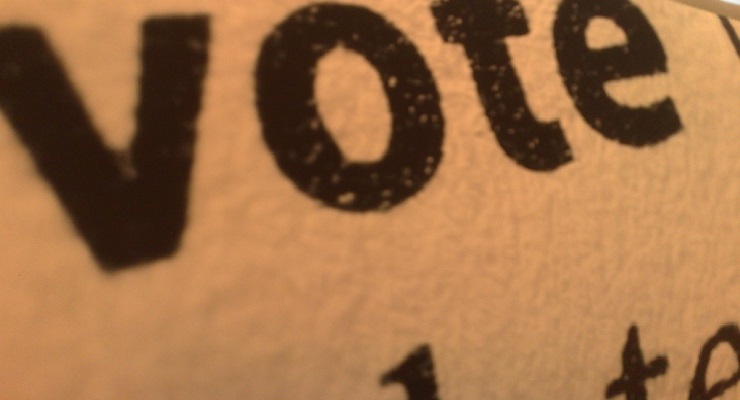
The move to proportional representation has been highly controversial but is moving forward anyway. From Ballot Access News:
According to this story, at the very end, the British Columbia New Democratic Party and Green Party have agreed that the voters of British Columbia will vote in autumn 2018 on whether to use proportional representation. Because those two parties, together, have a slight majority in the new legislature, their plan for the upcoming referendum is likely to implemented. The Green Party had wanted the province to switch to proportional representation without a vote of the people, but apparently the party has yielded on that desire.
One group supporting the change to proportional representation is Fair Vote Canada who made a pitch here:
Our current system, first-past-the-post divides the country into 338 contiguous non-overlapping areas known as ridings, constituencies or electoral districts. Every place within Canada is located within a riding. About the same number of people reside in each riding and just one MP is elected to represent the riding in our Parliament.
Proportional representation is any voting system designed to produce a representative body (like a parliament, legislature, or council) where the voters are represented in that body in proportion to how they voted. Our current voting system elects only one MP in each riding. When more than two candidates run in an election, MPs can be elected with less than half of the votes in the Riding. The other half of the voters are unrepresented.
In contrast, any PR voting system elects several MPs to represent a given geographic region so that most voters in that region have a voice in Parliament. Voting systems with ONLY single member ridings will NOT provide voters with proportional outcomes.
https://www.youtube.com/watch?v=zOjJNjm-uR0
Leave a Reply